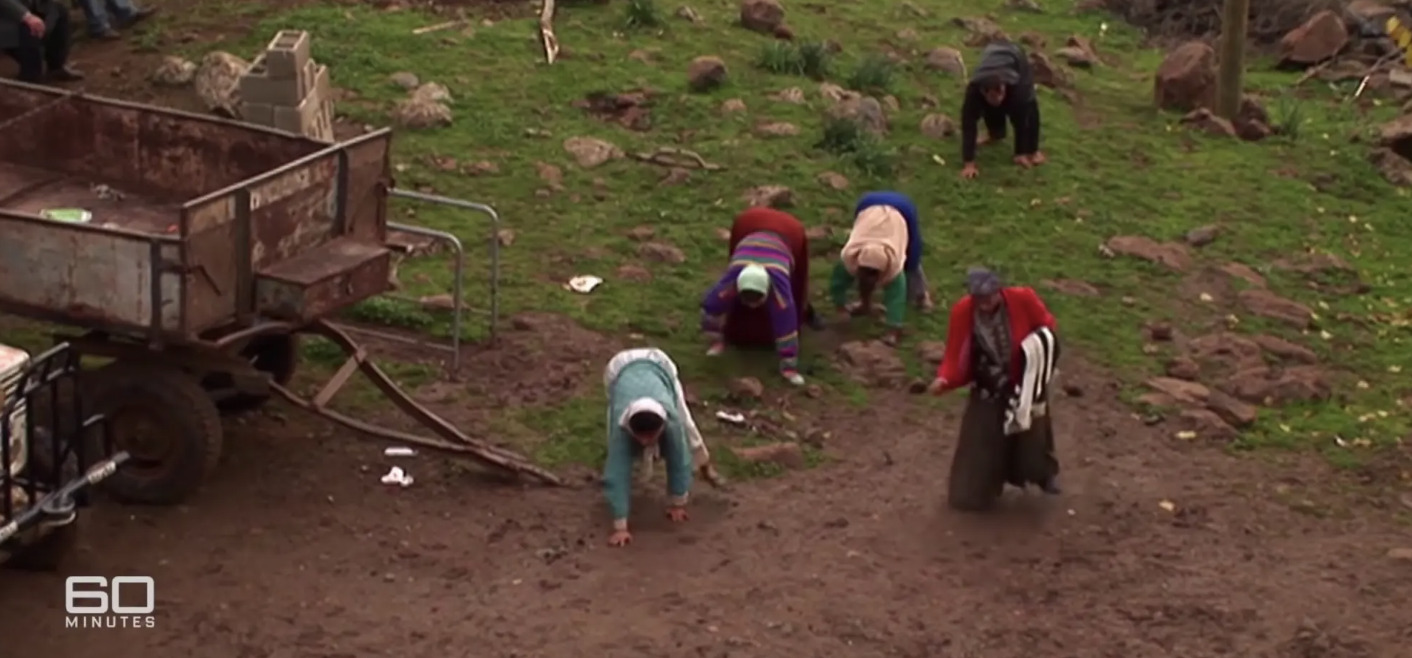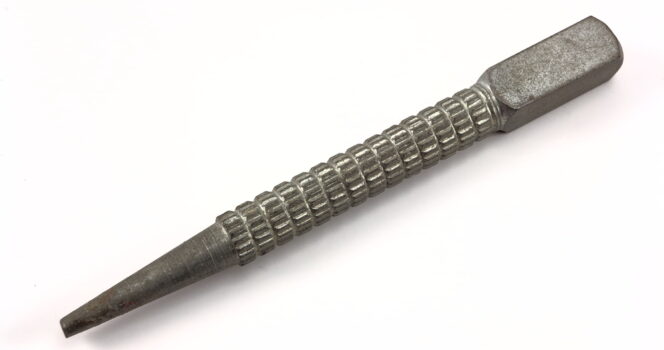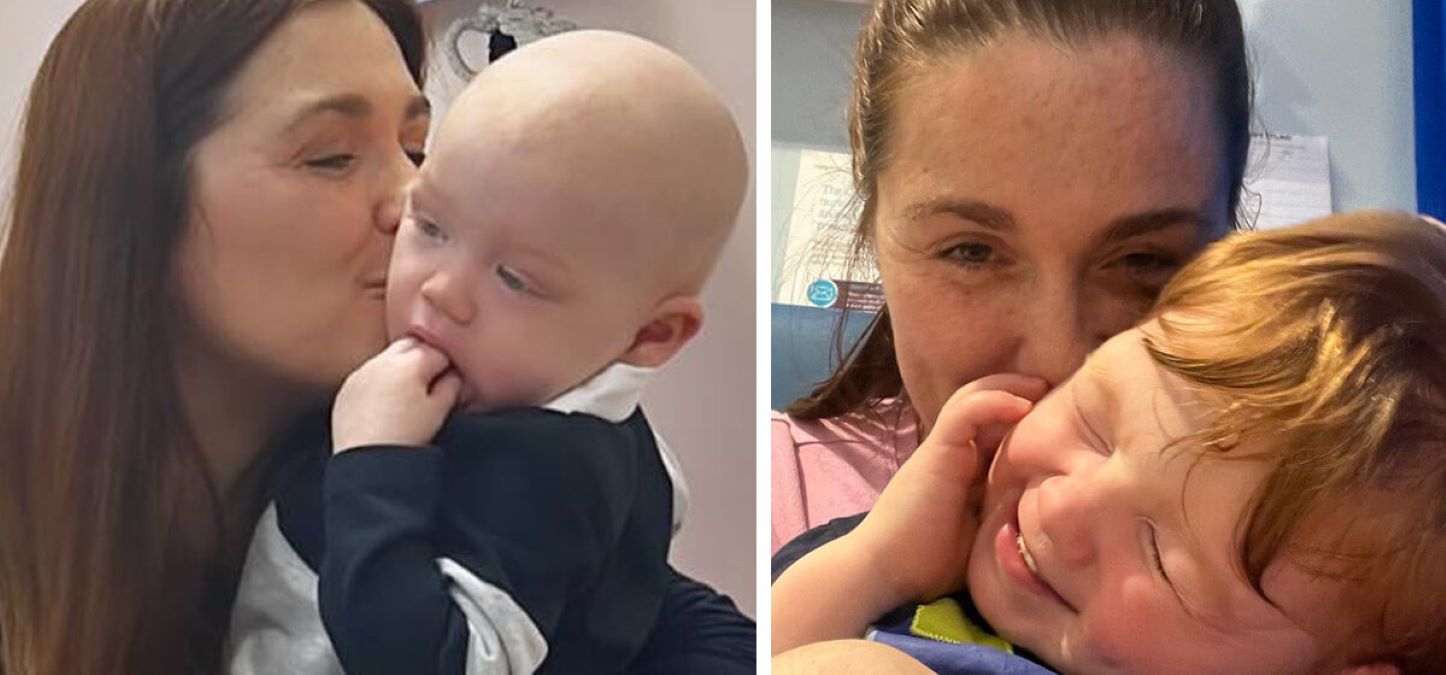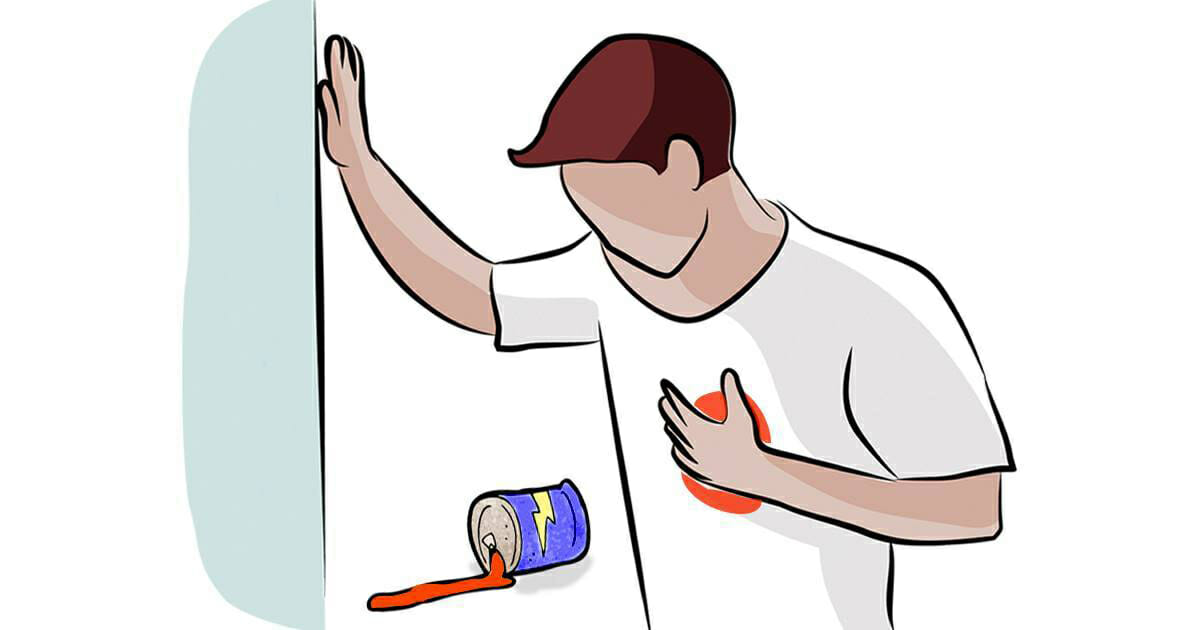Family Defies Science by Walking on All Fours – ‘They Shouldn’t Exist’
This family takes walking to a whole different level… Literally.
In Turkey, the tendency of this family to “crawl” on hands and feet instead of walking on two feet has completely baffled scientists. After all, they believe that this challenges conventional views of human evolution.
The Ulas family, who use their palms, became the subject of a scientific article and even featured in a BBC documentary titled “The Family That Walks on All Four” in 2006.
Children exhibit strange trait
Professor Nicholas Humphrey, an evolutionary psychologist at the London School of Economics, discovered that six of the 18 children in the family exhibited a trait never before seen in modern human adults. Unfortunately, one of these six has since passed away.
Reflecting on this astonishing discovery, Humphrey shared his amazement on ’60 Minutes Australia.’ He said, “I never dreamt that even in the wildest scientific fantasy, contemporary human beings could regress to an animal-like state.”
He continued (via the Daily Star): “What distinguishes us from the rest of the animal world is the fact that we are the species that walks on two legs and holds our head high. Of course, there is also language and so on, but it’s incredibly important to our own sense that we’re different from others in the animal kingdom. These people cross that boundary.”
The link between humans and apes
The documentary described the Ulas family as “the missing link between humans and apes” and even suggested that “devolution” could have taken place, reversing three million years of evolution.
However, Humphrey criticized this theory, saying it is not only “deeply offensive” but also “scientifically irresponsible.” The documentary also suggested that these children “should not exist.”
Scientists from the University of Liverpool studied the research and ultimately revealed that the children had skeletons more similar to apes than humans. They also had a shrunken cerebellum, an abnormality that typically does not prevent humans from walking upright.
At the same time, the family used their palms to walk, unlike apes who use their knuckles.

Humphrey suggested that the family could be a ‘missing link’ between apes and humans, saying, “I think it’s possible that what we see in this family is something that corresponds to a time when we were not walking like chimps, but was an important step between coming down from the trees and becoming fully bipedal.”
He also speculated that their development may have been stunted after not receiving active encouragement to stand from around their 9th month.
Children receive help
Fortunately, the children later received help to learn to walk properly, including physiotherapy and specialized equipment.
When Humphrey returned to Turkey to check on their progress, he noted that the children had made significant improvements in their mobility. This suggests that these extraordinary individuals are evidence of the complexity and adaptability of the human body.
What do you think of this extraordinary family? Let us know in the comments!




